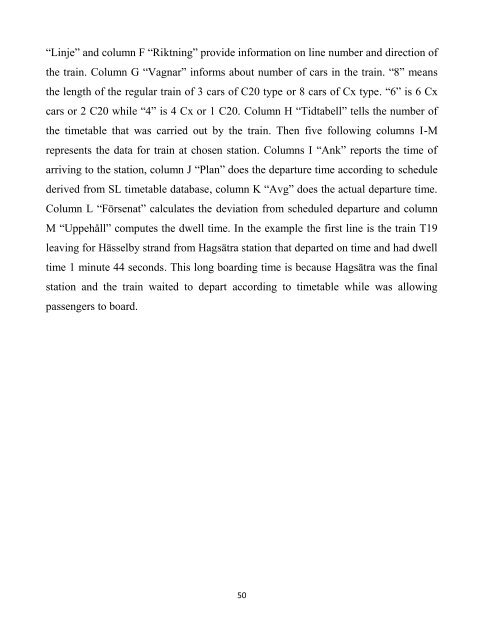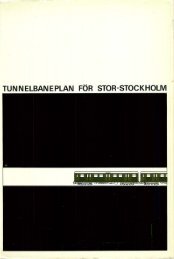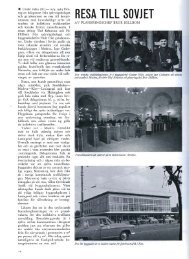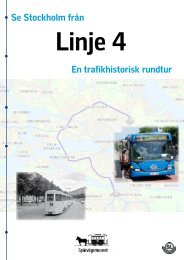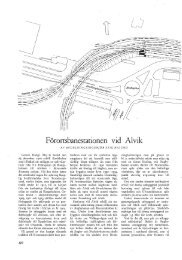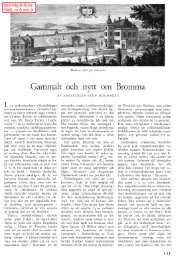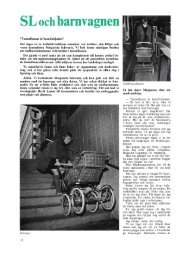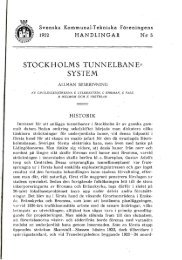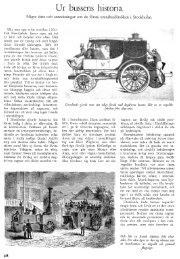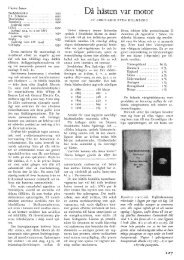Reliability of Stockholm Subway - Index of
Reliability of Stockholm Subway - Index of
Reliability of Stockholm Subway - Index of
You also want an ePaper? Increase the reach of your titles
YUMPU automatically turns print PDFs into web optimized ePapers that Google loves.
“Linje” and column F “Riktning” provide information on line number and direction <strong>of</strong><br />
the train. Column G “Vagnar” informs about number <strong>of</strong> cars in the train. “8” means<br />
the length <strong>of</strong> the regular train <strong>of</strong> 3 cars <strong>of</strong> C20 type or 8 cars <strong>of</strong> Cx type. “6” is 6 Cx<br />
cars or 2 C20 while “4” is 4 Cx or 1 C20. Column H “Tidtabell” tells the number <strong>of</strong><br />
the timetable that was carried out by the train. Then five following columns I-M<br />
represents the data for train at chosen station. Columns I “Ank” reports the time <strong>of</strong><br />
arriving to the station, column J “Plan” does the departure time according to schedule<br />
derived from SL timetable database, column K “Avg” does the actual departure time.<br />
Column L “Försenat” calculates the deviation from scheduled departure and column<br />
M “Uppehåll” computes the dwell time. In the example the first line is the train T19<br />
leaving for Hässelby strand from Hagsätra station that departed on time and had dwell<br />
time 1 minute 44 seconds. This long boarding time is because Hagsätra was the final<br />
station and the train waited to depart according to timetable while was allowing<br />
passengers to board.<br />
50


